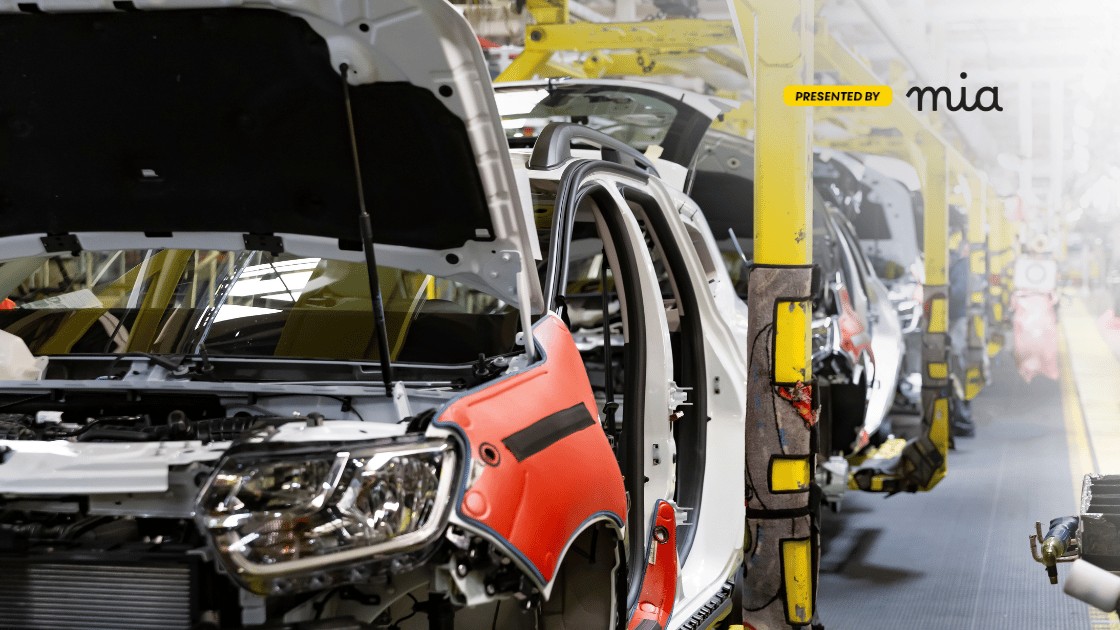The automotive sector is signaling distress, with a recent white paper highlighting that the industry is nearing a “breaking point.” This critical juncture necessitates innovative strategies and operational overhauls to navigate a complex landscape of emerging challenges.
Driving Forces of Change: This insightful paper, authored by seasoned auto industry executives, encapsulates the critical discussions held at the annual SAE Detroit Section Global Leadership Conference (GLC). This conference serves as a pivotal platform for top-tier officials across the automotive spectrum to converge and address the paramount issues confronting the industry’s trajectory. According to the GLC, the following factors represent the most significant threats to the automotive industry’s future health and stability.
Electric Vehicle Mandates: The Sales Reality Gap: Despite substantial investments and government incentives pushing for electric vehicle (EV) adoption, consumer demand is lagging. Current EV sales figures are not robust enough to justify the massive financial commitments required for large-scale EV production and infrastructure development. This situation is further complicated by regulatory policies that, in some regions, are still aggressively pursuing bans on internal combustion engine (ICE) vehicle sales, creating a potential mismatch between policy and market readiness.
Technological Overcomplexity: Escalating Production Costs: Modern vehicles are becoming increasingly sophisticated, driven by advancements in software and connectivity. This surge in technological complexity is significantly driving up manufacturing costs for automakers. The white paper emphasizes the urgent need for industry-wide collaboration to streamline production processes and mitigate expenses as the sector transitions towards software-defined vehicles. Sharing resources and standardizing platforms could be crucial steps in managing this cost escalation.
Market Saturation: The Peak Demand Dilemma: Mature automotive markets, including the U.S., Europe, South Korea, and Japan, have reached a “peak” in terms of market size, according to the GLC. This signifies that these key markets are no longer experiencing growth, intensifying the pressures stemming from rising production costs. Stagnant or shrinking markets coupled with higher expenses create a challenging profit environment for manufacturers.
Chinese Competition: A Growing Global Force: Domestic Chinese automakers are rapidly expanding their market share, both within China and on the global stage. The white paper points to a significant 6.6% decrease in global market share for the traditional Detroit-Three manufacturers due to the increasing competitiveness of Chinese brands. This competitive pressure necessitates strategic responses from established automakers to maintain their global standing.
Outdated Engineering: The Need for Modern Manufacturing: The automotive industry is urged to modernize its manufacturing methodologies and move away from conventional, outdated engineering practices. The paper stresses that the need for improved and more efficient processes is particularly acute in the EV sector. Currently, EVs are often designed using similar specifications and approaches as gasoline-powered cars, despite having fundamentally different engineering requirements. This mismatch hinders efficiency and innovation in EV production.
Lobbying Deficiencies: A Weak Policy Voice: The GLC report identifies a weakness in the U.S. automotive sector’s lobbying efforts compared to other major industries. This lack of a strong lobbying presence makes it more difficult for automakers to effectively advocate for their interests and influence federal policy decisions that directly impact the industry. Strengthening industry representation in policy discussions is crucial for navigating regulatory challenges and ensuring a supportive policy environment.
Positive Shifts Amidst the Challenges: Despite the serious concerns raised, the white paper also identifies positive developments within the automotive industry. Automakers are increasingly embracing collaboration in vehicle design and development. Furthermore, there’s a growing recognition of the need to learn from disruptive companies like Tesla, which appear to be navigating the industry’s challenges more effectively. These collaborative efforts and openness to new approaches offer a glimmer of hope for overcoming the current difficulties.
 Car Industry Breaking Point Warning
Car Industry Breaking Point Warning
The Overlooked Issue: Affordability Crisis: Notably absent from the white paper’s list of concerns is the critical issue of vehicle affordability. High car prices are a major factor contributing to stalling sales, both in the U.S. and globally. The average transaction price for a new vehicle has surged from $38,948 in late 2019 to $47,542 as of Q3 2024, an increase of nearly $8,600. While prices have slightly moderated recently due to increased competition, particularly from Chinese manufacturers, affordability remains a significant barrier for many consumers. The substantial profit increases enjoyed by automakers during and after the pandemic, fueled by these price surges, highlight the industry’s focus on profitability over accessibility.
Conclusion: A Call for Collaborative and Consumer-Centric Solutions: It is encouraging to see the automotive industry acknowledging the significant challenges that threaten its long-term sustainability and actively pursuing collaborative solutions. However, for these solutions to be truly effective and ensure the industry’s future, they must also prioritize the needs and financial realities of both consumers and retailers. Without considering the entire automotive ecosystem, including affordability and accessibility, automakers risk undermining their own recovery and future prosperity. A balanced approach that addresses both industry challenges and consumer needs is essential to steer the automotive sector away from its “breaking point” and onto a path of sustainable growth.

